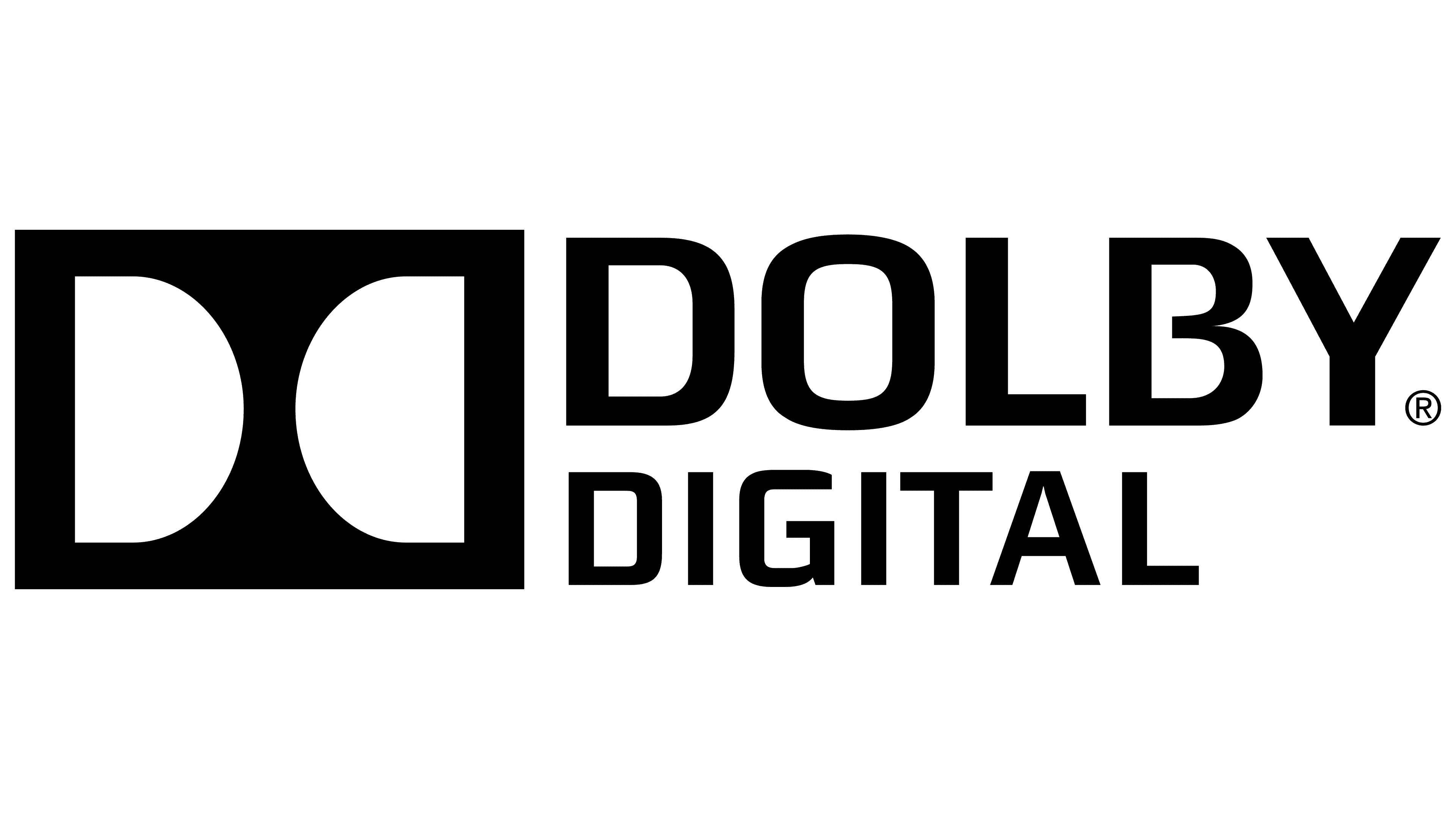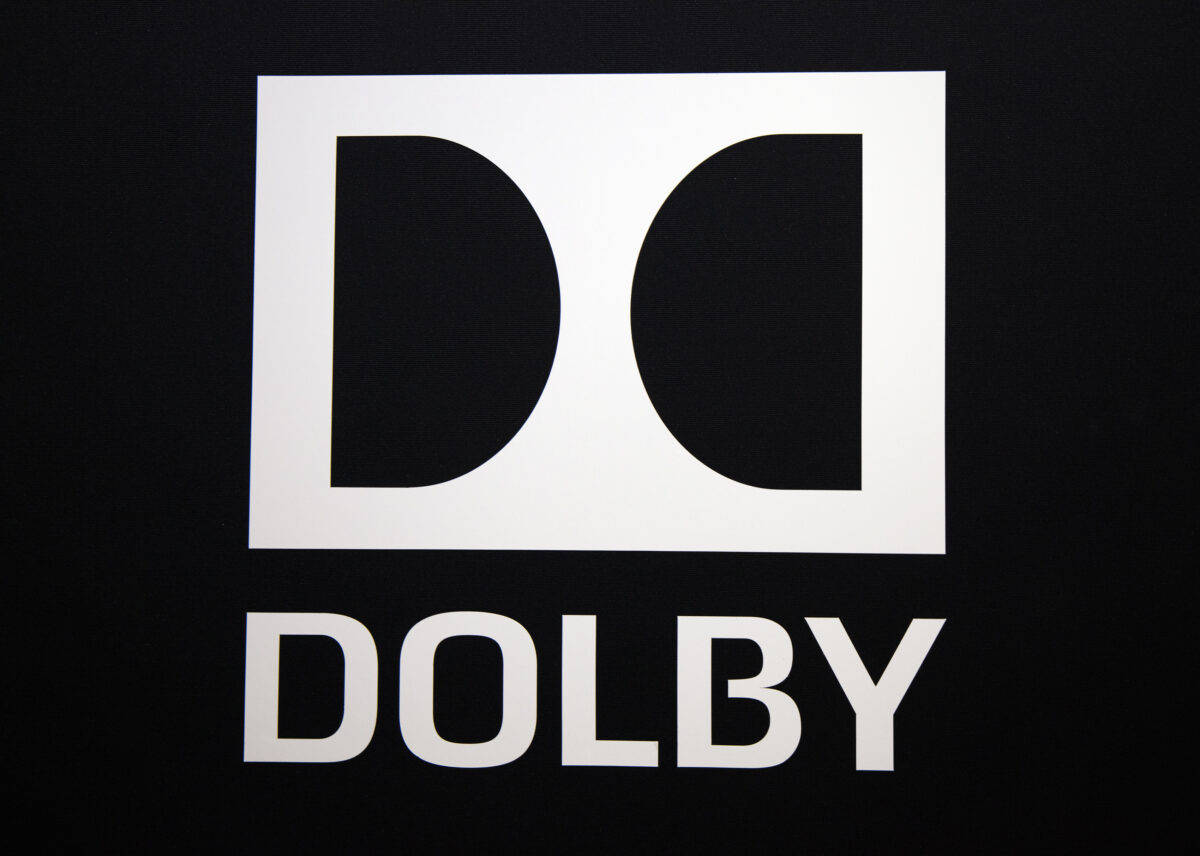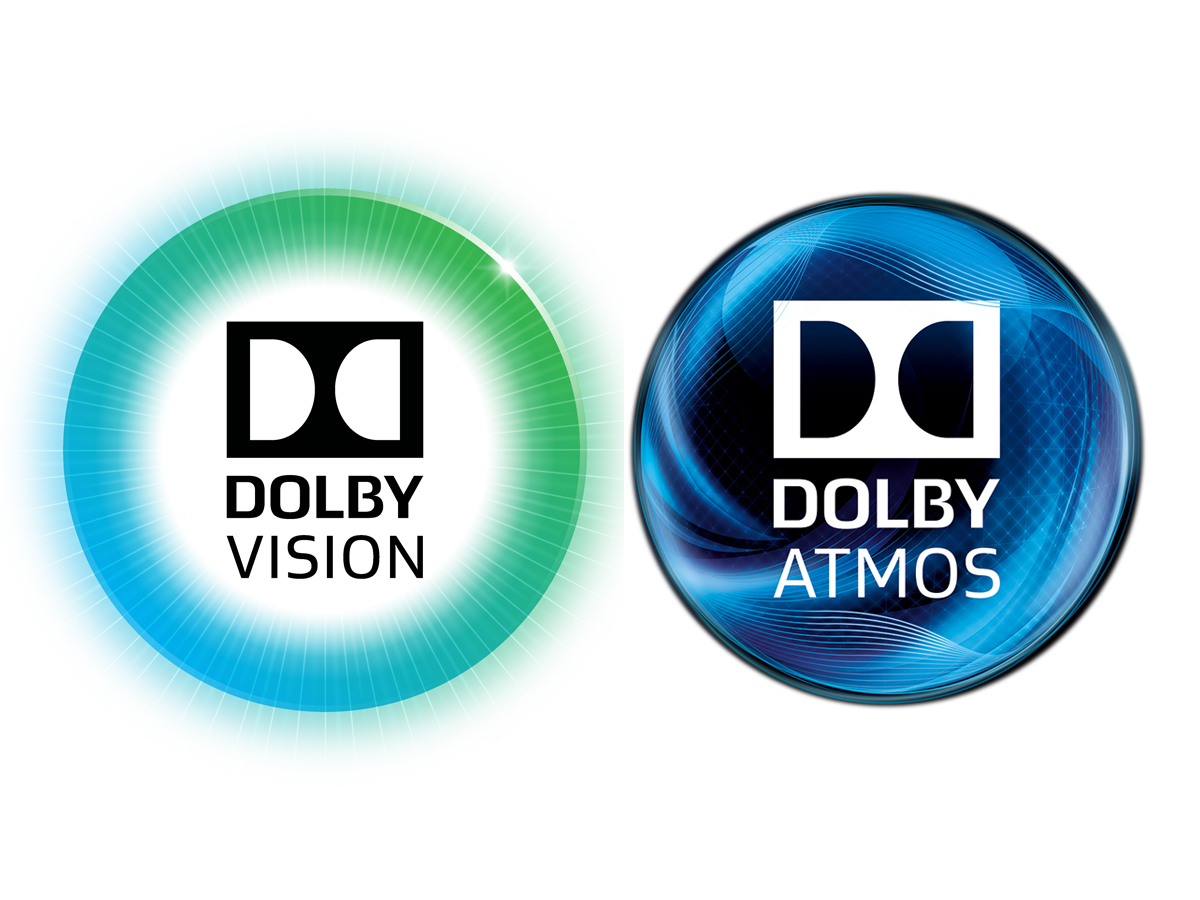Dolby Funeral - Embracing Sound And Vision's Next Chapter
Something interesting is happening in the world of sound and pictures, a quiet shift, perhaps even a sort of celebration for what's new and a respectful farewell to older ways of doing things. It's a moment when the ways we craft and experience media are changing quite a bit, making things clearer and more alive for everyone who enjoys watching or listening. You know, it's almost like a big step forward for how we bring stories to life on our screens and through our speakers, that.
This shift isn't about one big event, but rather a collection of improvements and new methods that are making our digital entertainment much better. It's about getting rid of some of the old hurdles and embracing tools that make creating amazing audio and visual experiences a lot simpler, and also more powerful. In some respects, we are seeing the ways we used to handle media transform, allowing for richer, more immersive content, really.
We're talking about the specialized tools that help shape the sound and look of your favorite shows and films, from how the picture information is handled to the very intricate details of the sound you hear. These are the behind-the-scenes helpers that make sure everything looks and sounds just right, and in a way, they are ushering in a new era for media creation, making older, less capable methods feel, well, a little bit like history, you know.
- Emmy Rossum Jeremy Allen White
- Olive Osmond Cause Of Death
- Woman Trapped In Quicksand
- Gabby Windley
- My Super Sweet 16 Season 9
Table of Contents
- The Shifting Soundscape - A Dolby Funeral for Old Ways
- What's Happening with Our Visuals?
- Tools That Make a Difference - Are They Easy to Use?
- Beyond the Basics - What's Next for Sound?
The Shifting Soundscape - A Dolby Funeral for Old Ways
Think about how we used to put together sound and picture for things you watch. It was, you know, a bit like building with separate blocks that didn't always fit together perfectly. Now, with advancements, particularly around how we handle the special picture information, things are changing. There's a tool, let's call it the "DDVT helper," that lets folks take apart the picture information, put in new details, or make changes to it. This is for something called "Dolby Vision RPU," which is the special data that makes your screen show really vibrant colors and deep darks. It's a pretty big deal for making movies and shows look just right, and honestly, it helps say goodbye to the days of less precise visual control, so.
This helper also works with "High Efficiency Video Coding," which is a way of making video files smaller without losing too much of their visual quality. It's like packing a lot into a small box, so it travels faster and takes up less room. This method is pretty important for streaming things online or saving space on your devices. Without it, getting that amazing visual experience to you would be a lot harder, or at least take a lot longer to download. It really helps make the viewing experience smooth, and in a way, it's part of the move past older, less efficient ways of handling video, you know.
Saying Goodbye to Basic Audio Formats
When it comes to sound, there's another helper, often called "DDGUI," which is a tool for taking sound apart and getting it ready for listening. It's used for making sure the audio is set up correctly. This helper, in some respects, allows for the creation of very rich sound experiences, like "Dolby TrueHD," which is a very high-quality sound format, and also the more common "AC3" sound. Being able to make both of these means that creators have options for how good the sound will be, from super clear to something that works on almost any device. It's a useful way to prepare sound for different situations, and it helps ensure that the sound you hear is always of good quality, which is very important.
- Zoe Skyler
- 22 Shirts Taylor Swift
- Sidewalk Angels Rob Thomas
- Nicole Richie And Brody Jenner
- Hoda Kotb Pictures
Then there's the question of how to make "Dolby Digital audio," which is also known as "AC3." There are proper steps to take to make sure this sound is encoded, or put into its final form, correctly. Following these steps means the sound will play back as intended, without issues. This is all part of the process of getting sound ready for distribution, whether it's for a movie, a TV show, or something else. It's about making sure the sound is clear and works well, and honestly, it helps avoid those frustrating moments when sound just doesn't sound right. This careful approach to making sound is part of the "dolby funeral" for poorly prepared audio, if you will, meaning we can expect better sound more often, you know.
What's Happening with Our Visuals?
The visual side of things, especially with something like Dolby Vision, needs particular settings to make sure everything works smoothly. There are specific ways to set up the video coding, particularly when using "High Efficiency Video Coding," so that the picture information can be handled correctly by different devices. This involves something called "VBV settings" which are like instructions for how much data can flow at one time, and "HRD" which is about making sure the picture decoder works without hiccups. It's a bit like making sure the road is smooth for the data to travel on, so your screen can show everything without freezing or looking odd, basically.
Getting these settings just right is pretty important for the whole Dolby Vision experience. If they are not set up properly, the amazing colors and contrast might not show up as they should, or the video might not play back smoothly. It's all about making sure the technical side supports the beautiful picture you see. This careful attention to detail means that the visual experience is top-notch, and it's a quiet goodbye to the days when picture quality could be a bit hit or miss, which is very much appreciated by viewers, you know.
The Dolby Funeral for Flat Pictures
For a long time, pictures on our screens were, well, a little bit flat. They lacked the depth and vibrancy that we see in the real world. But with advancements like Dolby Vision, that's changing quite a bit. This technology brings a much wider range of colors and a much greater difference between the brightest and darkest parts of the picture. It means that a sunset on your screen can look almost as brilliant as one you'd see outside, and shadows can have real detail, not just be a dark blob. This shift is a big deal for how we experience visual stories, and it's certainly a "dolby funeral" for those flat, less lifelike images we used to put up with, really.
The technical steps, like managing the picture information and using efficient video methods, are what make this visual transformation possible. It's not just about having a fancy TV; it's about the content being created with these capabilities in mind. When creators use these tools and settings, they are ensuring that the pictures they make are ready for the best possible viewing experience. It's a move towards a future where every scene is rich with detail and color, making everything you watch feel more real and engaging. This dedication to visual excellence is what truly sets modern viewing apart, you know, making the old ways seem, well, a little bit plain, actually.
Tools That Make a Difference - Are They Easy to Use?
There's another sound helper called "DEEGUI," which is short for "Dolby Encoder Engine GUI." This is a tool for taking sound and getting it ready for its final use. It helps with making sure the sound is properly encoded, or put into its finished form, for various purposes. It's a pretty handy piece of software for those who work with sound, helping them get their audio files just right. It simplifies a lot of the steps involved in preparing sound for movies, music, or other projects. It's all about making the process smoother for creators, so they can focus on the artistic side of things rather than getting stuck on technical hurdles, which is very helpful, you know.
However, it's worth noting that this particular sound helper, the Dolby Encoder Engine, can't make something called "Dolby Atmos" sound. Atmos is a kind of sound that moves all around you, making it feel like you are right in the middle of the action. If you wanted to change a specific part of the sound, like a certain sound channel, and then turn it into Atmos, you'd first have to take that sound apart and then put it back together as Atmos. This means it's not a simple swap; it requires a bit more work. It's a specific limitation that creators need to know about when planning their sound projects, so they can choose the right tools for the job, in a way.
The Dolby Funeral for Clunky Workflows
The existence of tools like DDVT, DDGUI, and DEEGUI points to a broader trend: making the work of creating media much more streamlined. In the past, some of these processes might have involved more manual steps or required a deeper technical knowledge just to get things done. These helpers, in some respects, take away some of that burden, making it easier for people to work with complex sound and picture information. It's about providing a clearer path from raw material to finished product, which is very helpful for creators. This simplification is a big part of the "dolby funeral" for those clunky, less efficient ways of working, allowing for more creative freedom, you know.
When you have tools that let you easily take apart picture data, put in new details, or make changes, it means you have more control over the final look. When you can create different sound formats with relative ease, it means your content can reach a wider audience with good quality sound. And while some tools have limitations, knowing those limitations helps you plan. All of this contributes to a smoother process, saving time and effort. It's about letting creators focus on telling their stories, rather than getting bogged down by the technical side, and that, is a pretty significant improvement, honestly.
Beyond the Basics - What's Next for Sound?
The sound world is always moving forward, and while some tools are great for what they do, they also show us where the next steps need to be. The fact that a certain tool can't create "Dolby Atmos" directly, and requires a workaround for channel changes, highlights the ongoing need for even more integrated and powerful sound creation methods. Atmos, with its ability to place sounds all around you, is a really exciting development for how we experience audio. It makes you feel like you are truly inside the story, whether it's a movie, a game, or even a piece of music. This kind of immersive sound is what many creators are aiming for, so.
So, the conversation around sound is moving beyond just making things clear and loud. It's about making sound feel real, making it surround you, and making it part of the overall experience in a way that truly pulls you in. This means that future tools and processes will likely focus even more on these immersive sound experiences, making it easier to create and deliver them. It's a push towards a more engaging and lifelike audio world, where sound isn't just something you hear, but something you feel and are part of, very much like a living, breathing environment, you know.
The Dolby Funeral of Simple Sound
For a long time, sound in media was a bit more straightforward, often limited to a few channels that played from specific directions. But the move towards more complex, immersive sound, like Dolby Atmos, means we are seeing a "dolby funeral" for that simpler, less enveloping audio. Now, sound can move above you, behind you, and all around, creating a much richer and more convincing soundscape. This change is a big deal for how we connect with what we are watching or listening to, making the experience feel much more personal and immediate. It's about bringing sound to life in a way that was once just a dream, really.
This evolution in sound means that the tools and techniques used to create it also need to keep pace. While current tools are good for many things, the desire for truly spatial and moving sound drives innovation. It pushes creators and developers to find new ways to mix and deliver audio that can transport listeners into the heart of the action. It's a continuous journey to make sound as compelling and real as possible, ensuring that every whisper, every explosion, and every musical note contributes to a truly unforgettable experience. This pursuit of perfect sound is what defines the future of audio, making old methods seem, well, a little bit quaint, you know.
This article has explored the ways new tools and processes are transforming how we handle sound and picture, moving us towards more engaging and high-quality media experiences. We've looked at how specialized helpers allow for precise control over visual details, how efficient video methods help deliver stunning pictures, and how various audio tools prepare sound for different uses. We also touched upon the current limits of some sound creation tools, pointing towards the exciting future of immersive audio. It's all part of a big shift, where older, less capable ways of working are giving way to more powerful and user-friendly methods, making the creation and enjoyment of digital content better than ever.
- Oj Simpson Knife Found
- Human Touch Rick Springfield
- Manya Seinfeld
- Lucy And Stephen Dating
- My Super Sweet 16 Season 9

Dolby

Dolby Digital vs Dolby Digital Plus: What’s the Difference? Which Is

Dolby Laboratories Continues to Expand Dolby Vision and Dolby Atmos